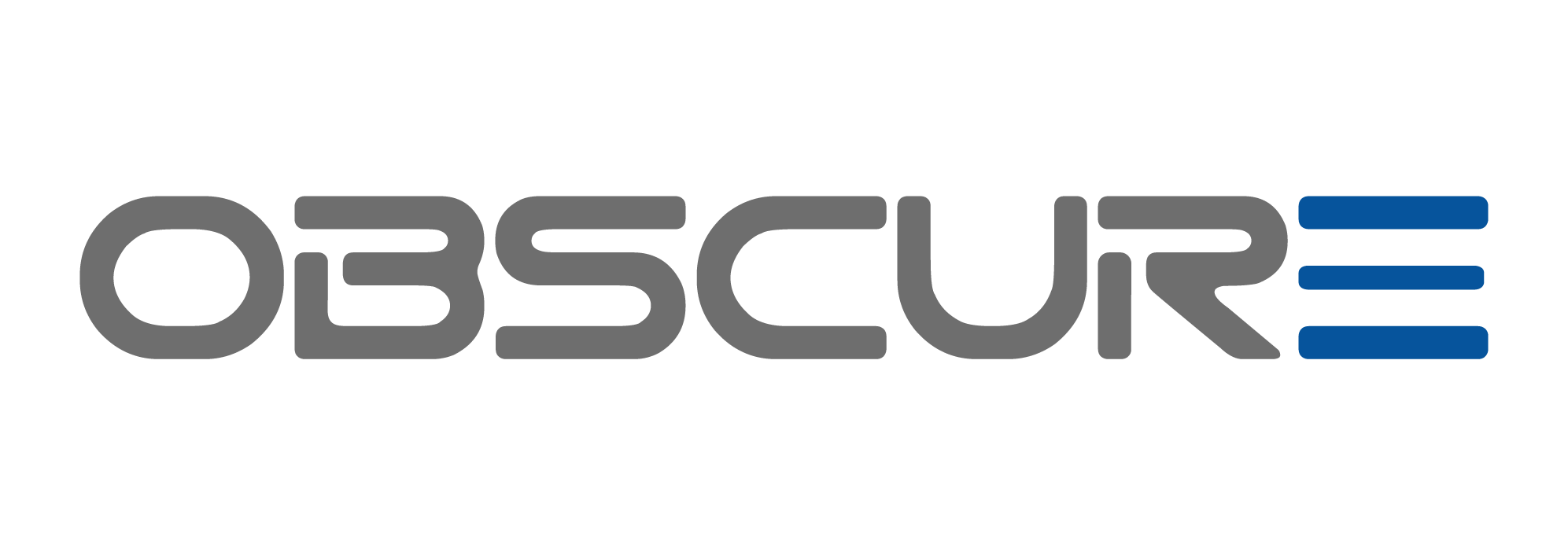Johannesburg, 30 Oct 2020
Today’s modern enterprise environment is an 'enterprise of things' that extends from campus to data centre to cloud and no longer has a clearly defined perimeter. In other words, you can’t trust anyone, which is why Forrester, anticipating these trends, originated the Zero Trust security model back in 2010.
According to Forrester: “A Zero Trust (ZT) architecture abolishes the idea of a trusted network inside a defined corporate perimeter. ZT mandates that enterprises create micro perimeters of control around their sensitive data assets to gain visibility into how they use data across their ecosystem to win, serve and retain customers.”
Forrester’s Zero Trust eXtended framework (ZTX)
Forrester’s Zero Trust eXtended framework is widely recognised as a logical and effective approach to cyber security. Currently, no single vendor solves all of the requirements for Zero Trust implementation. In 2019, Forrester named Forescout as a Zero Trust platform, thanks in part to foundational capabilities that align very closely with Forrester’s ZTX framework. Working within the Zero Trust framework, the Forescout platform:
- Accelerates non-disruptive Zero-Trust implementation with a complete visibility-first approach on any device, anywhere;
- Eliminates the risk and maintains compliance by identifying, classifying and controlling access to all connected things in the extended enterprise of things environment; and
- Maximises ROI and extends Zero Trust architectures across campus, data centre, cloud and IT/OT environments using your existing enforcement technologies.
You want to get Zero Trust. We can help you get there.
Forescout helps you build a Zero Trust architecture based on best practices, from identifying, continuously monitoring and controlling connected devices – including critical assets – to orchestrating the security and infrastructure technologies already deployed in your environment.
Share
